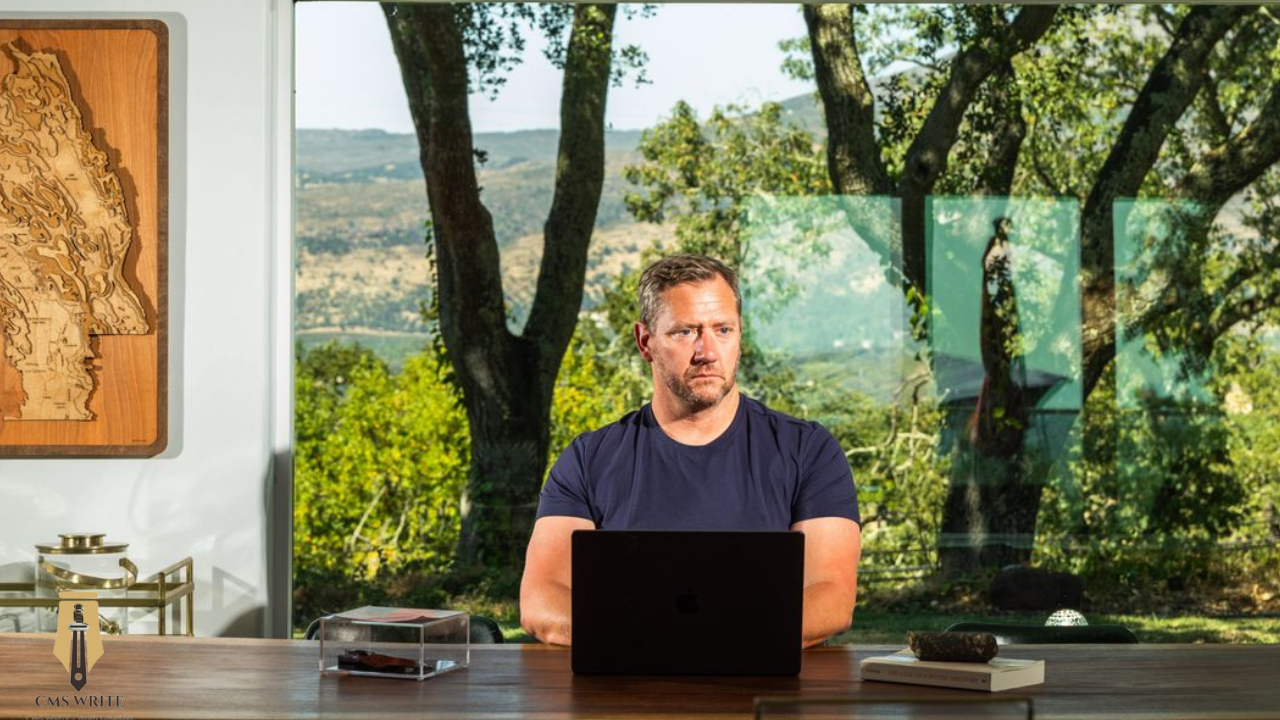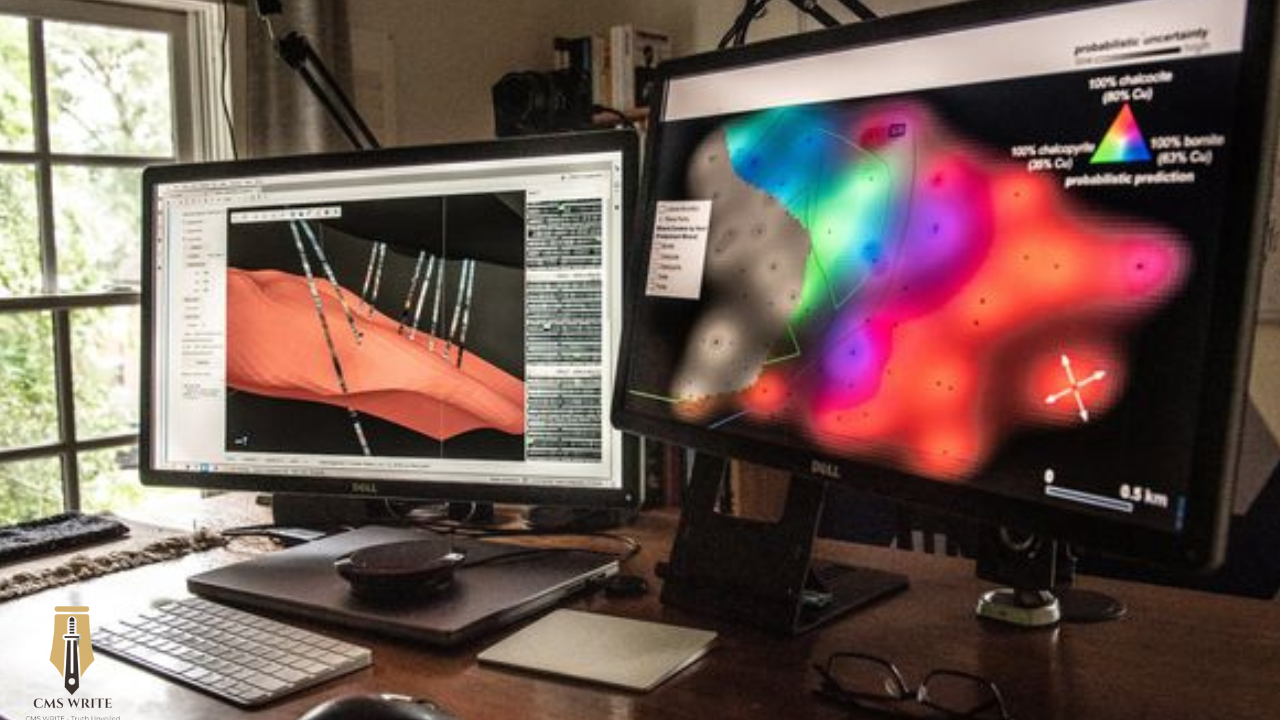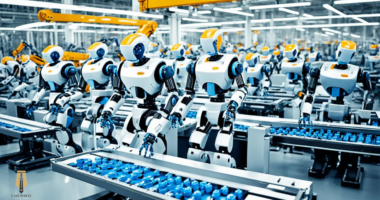Silicon Valey Based AI Startup To Find Copper & Lithium Anywhere On Earth
Introduction
A new company is shaking things up in the heart of Silicon Valley — and that includes mining. KoBold Metals, started by Kurt House and Josh Goldman, are using the power of artificial intelligence (AI) to find metals critical for batteries such as copper or lithium. These elements are essential for the move to a green economy. KoBold Metals is changing what we know about mineral exploration and extraction by incorporating cutting-edge AI with time-tested mining practices.

The KoBold Metals Story
Founded in 2018 Kettner and Goldman approached House, having a vision to revolutionize the mining industry. The two had first met at Harvard as Ph. They went on to complete their Ph. D s, then teamed up for an investment in a North American upstream oil-and-gas project. They quickly came to former that fossil fuels are the way of past. They instead focused their attention on metals, seeing an opening to apply the engineering skills they were using for forecasting natural gas wells to precious minerals.
KoBold comes from the name of a mythical Germanic creature known for leading to poison in mines A throw name if there ever was one, considering the reason for their very existence in deploying AI to track down minerals we all need. KoBold is a mix of geology and high-tech, featuring an all-star team made up of more than 50 percent data scientists and software engineers from titans such as Apple, Google.
AI-Driven Exploration
KoBold Metals is the Silicon Valley company doing mineral exploration, but for one shiny new tool – AI. These conventional ways of mineral exploration are relatively slow and inaccurate. This is different to KoBold, which makes use of powerful computer simulations that model under-earth minerals. For that, they use a host of methods like borehole drilling, laser guns as well the high-tech satellite imaging and electromagnetic detection. The algorithms comb massive data sets generated by these approaches for the best drilling leads.
A great example of this innovative attitude can be observed in their activities conducted within Zambia’s Copperbelt province. This probably felt like a failure when they drilled this hole and got no copper in the first place. Nevertheless, the data gathered were valuable for mapping out where the mineral mass halted. This data let KoBold narrow its exploration to zones that showed more promise – and it found big plot of copper.
The Role of AI in Mining
Although promising, the effects of AI on mining are contentious. Criticisms aside, some in the industry say that companies such as KoBold are overplaying what AI can do when it comes to mineral exploration. Combine this with KoBold freely celebrating its conversions, and – well. Resour has an extremely data-driven methodology and this helps them locate such minerals much faster than any traditional methods, allowing to scale the carrying capacity of green energy technologies.
An example is the case of lithium in western Québec, Canada where KoBold used its AI models to identify that there were satellite signatures based on this information. But once field scientists realized that their previous false positives had been made by white lichen instead of lithium-bearing rocks, the data scientists fixed it and released a new version. Designed in an agile configuration that used to take months, this takes days – and shows the power of AI for mineral exploration.

The Zambia Test
Zambia Is One of the Hardest Tests Yet for KoBold’s AI-Driven Methods It is going through a legacy of past explorations and the company’s data – it wants to digitize its historical maps, some from as far back as the 1950s- in order to use them for training AI models. The historical data can be used to pinpoint potential areas which may have otherwise gone unnoticed through traditional means.
The company excelled in what was once an abandoned district, such as a considerable high-grade copper pool that KoBold establishes beneath the previous explorations of other companies. The Mingomba deposit has the potential to yield over 300,000 tons of copper in annual production and could be one of the biggest producing copper mines around. While the mining community may take issue with certain aspects of these methods, a third-party analysis backs up KoBold’s findings and augments their assessment of what might still lie beneath.
AI and the Green Transition
There is more behind KoBold work than just scoring massive mineral discoveries – they are the crop that will underpin a global shift to green energy. Switching to renewables also relies heavily on key materials like copper and lithium needed for battery production, as well as other technologies. The ability of KoBold to quickly locate and put number on these crucial new production levers will continue to make them a key player in this transition.
Their AI allows for these resources to be found more effectively than ever before. By making resource exploration faster and less expensive than traditional methods, KoBold is enabling the transition to green technologies.
Challenges and Future Plans
Problems persist for KoboRegarding success stories, not everything is coming up KoBold. This is a large transition moving from an exploration company to the creation of a mine. Production is earmarked to start in the early 2030s, with construction of the Mingomba mine likely requiring an investment $2.3bn by Rio Tinto. Mining, however, represents the same types of risks – cost overruns and technical challenges on other complex mines built elsewhere.
To address these risks, KoBold is employing people from traditional mining companies and working on building an ore smelter. They aim to establish an optimised, high-grade copper and additional critical metals production hub.

Collaborations and Global Reach
The innovative approach of KoBold has not gone unnoticed. All told, the company has pulled in a big round of funding that includes support from Bill Gates-led Breakthrough Energy as well as building-tech VC Andreessen Horowitz and Standard Industries. Mitsubishi and BHP are among other investors, showcasing the vary portfolio that sees KoBold courted by many.
The company is also helping the U.S. government to gain access to mineral resources in Africa by building theirs on KoBold’s algorithms and dataibilistic representations When U.S. officials reached out to Western investors regarding a copper-and-cobalt mine in the Democratic Republic of Congo (DRC) – asking if it was good for USAID or their pension fund, according to KoBold ‘s Driscoll -KoBold validated due diligence on rights abuses by advising against proceeding with that part of a project given its environmental and social impacts, etc. The collaboration highlights KoBold Minerals’ contribution to the future of mineral discovery and its connection with responsible exploration.
Conclusion
And pioneering this new wave of mineral exploration is KoBold Metals, who are using a mix between AI and traditional geology to blaze the trail! Their actions in Zambia and beyond stand as a testament to how AI can revolutionize the sector, helping it work faster while allowing capabilities for serving green energy transition. If KoBold continues to grow from strength to strength their overall influence on the global supply chain of critical minerals promises to steadily increase with time, and they will remain a leading force in this industry.
By using AI in their operations, KoBold Metals is not only finding copper and lithium but reimagining the Mining 4.0 era of mining industry WEBINAR | Industrial water extraction is the first-in-the-world, bringing us closer to a future where natural resources are extracted using greener methods in line with global transition targets.







